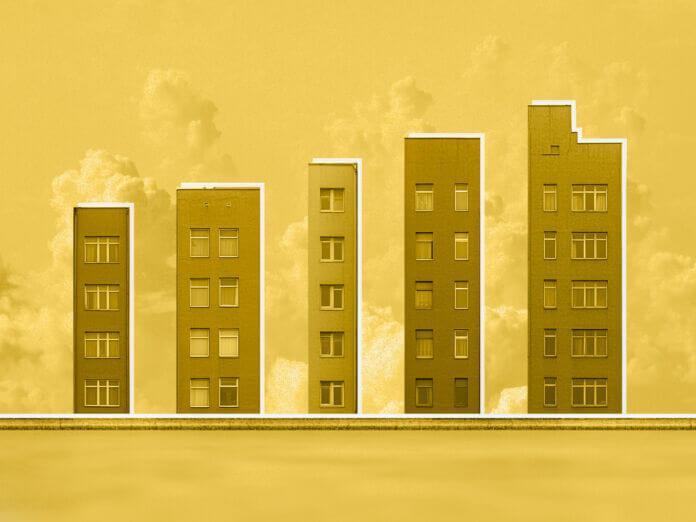
ZARIOT – October 16, 2024
Collected at: https://www.iotforall.com/5-real-world-applications-of-cellular-iot-in-smart-cities
Why is there a pressing need for cellular IoT in smart cities? According to the UN, by 2050, 2 out of 3 people all over the world will be living in urban areas. This means 2.5 billion more people will be living in cities. As a result, there is a pressing need for more sustainable planning as new challenges arise.
The Internet of Things (IoT) has the potential to alleviate the pressures of urbanization. For example, essential causes include tackling environmental deterioration and mitigating traffic congestion to make day-to-day living more comfortable and secure for all inhabitants.
Here are the most common cellular IoT use cases in smart cities and examples of successful deployments across global cities.
#1: Connected Public Transport
Unsurprisingly, connected public transport is currently the leading IoT use case in cities. This should come as no surprise considering efficient and reliable public transport is of growing importance. For instance, real-time fleet monitoring of public transportation vehicles gives passengers updates on locations and timings for their routes. It also informs passengers about delays and the best routes to reach their destinations.
Example: In 2003, Seoul was one of the first adopters of intelligent applications across its public transit system. This move not only eased the challenges of taking public transport but helped increase mass transit ridership from 30 percent to 70 percent. Reports of similar initiatives and results come from other cities including Sweden, Denmark, Norway, Singapore, Spain, and the UK.
#2: Traffic Monitoring and Management
Another pain point stemming from a growing urban population is the increase in traffic, which is detrimental to already congested roads. Again, IoT applications across a variety of use cases within smart cities can help alleviate congestion.
For instance, smart GPS, toll booths, EV chargers, asset trackers, infrastructure, and more collect valuable data that can be used to alter traffic patterns and enable smarter mobility management. Specifically, if a car meets with an accident, drivers can immediately share the location with authorities that can help and seamlessly redirect traffic flows.
Example: The cities of Stockholm and Copenhagen have rolled out an intelligent traffic light project that enables the visualization of traffic patterns in newer and more effective ways. This can influence traffic flows and congestion, like prioritizing bikes and buses during peak hours by reducing or extending green light phases according to the situation.
#3: Smart Parking
Driving around parking lots to look for available lots, or leaving your engine idle while waiting for one is not only frustrating but damaging for the environment. Smart parking applies cutting-edge IoT solutions to help drivers find a spot effortlessly. In this case, by leveraging real-time occupancy and payment data, smart technology can easily inform a driver of an available parking spot.
Example: The city of Cologne features the world’s most comprehensive, on-street parking guidance system. The solution covers 100 percent of available on-street spaces in the Nippes area, providing detailed guidance to direct drivers to the closest available lot. This practice helps reduce emissions while increasing energy efficiency and the quality of life for residents.
#4: Logistics
Logistics have become a vital aspect of urban life. Improving logistics management, reducing idling times, and enabling electric last-mile deliveries can reduce pollution and increase road safety. This is especially important given the increasing demand for more consignments within shorter delivery times.
Example: In Paris, 4.3 million goods are delivered in a week alone, which is on track to grow to 6.5 million by 2030. Fleet telematics and additional traffic data can inform planning decisions. This includes mapping faster routes to reduce last-mile delivery times, increasing gas efficiency, and enabling decision-making about mobility hubs. This can help transform how logistics vehicles move and park to improve safety, efficiency, and sustainability.
#5: Utilities
IoT technology provides cities with the tools to conserve utilities such as electricity, water, and gas. The use of smart sensors can quickly identify leakages and structural weaknesses, reducing unnecessary truck rolls with better-scheduled maintenance. It even passes cost savings measures to residents by giving them more transparency, accuracy, and control over their home utilities.
Example: Cape Town, South Africa has been using smart metering technology to encourage water savings and combat water crises. Smart water meters track resident consumption usage which is relayed to accounts. With increasing awareness of water usage, the city saw a 40 to 60 percent drop in the amount consumed.
Conclusion
These use cases across various smart cities are just the tip of the iceberg regarding the use of cellular IoT for better resource management within urban populations. More comprehensive, real-time data gives stakeholders the ability to understand or even predict patterns, allowing them to respond with faster and lower-cost solutions. Not only will it meet the current needs of residents but it will continue to deliver a better quality of life for the future.
I’ve been surfing on-line more than three hours lately, yet I never found any fascinating article like yours. It is beautiful value enough for me. In my view, if all website owners and bloggers made good content as you did, the internet might be much more useful than ever before. “Oh, that way madness lies let me shun that.” by William Shakespeare.

Leave a Reply